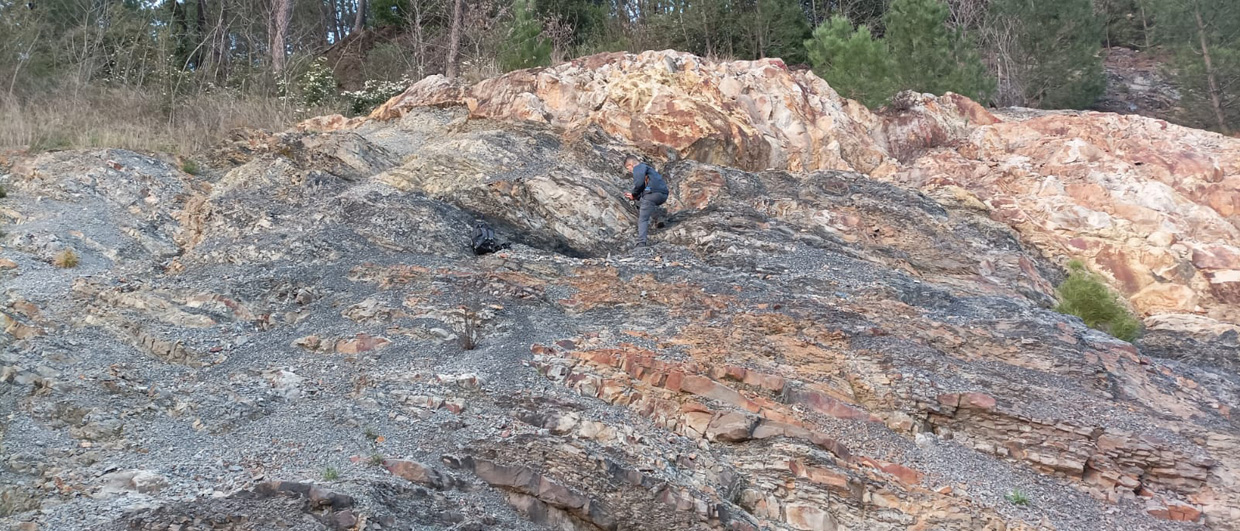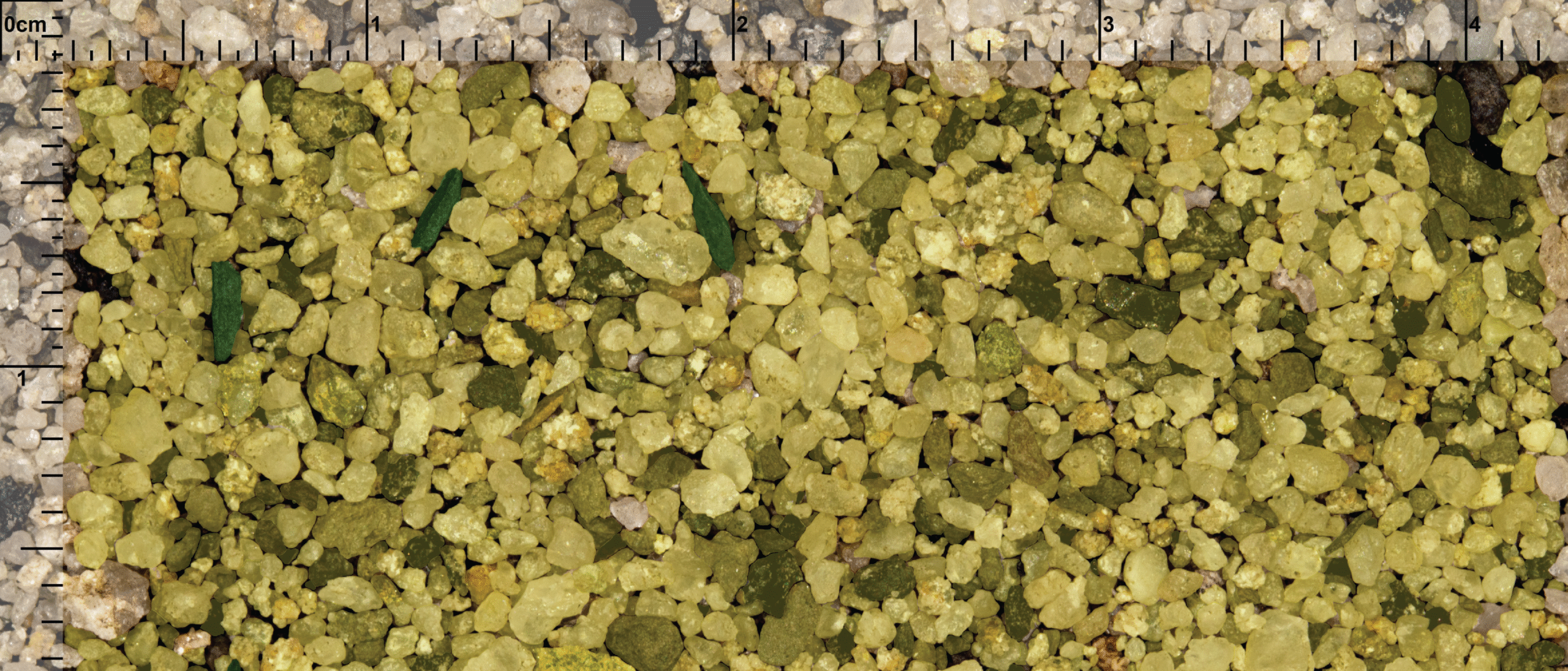This year’s gas demand surge and associated price hike have led many companies to re-initiate exploration for gas. On that basis, shallow gas accumulations have re-appeared on the global exploration radar, because in some cases there are economic quantities of gas to be produced and drilling costs are small compared to targeting HPHT prospects.
But, even though shallow gas pockets are easy to spot on conventional 2D and 3D seismic data, significant risk remains because the geophysical response of a poorly and very well-saturated shallow gas reservoir are very similar. It explains why “dry” wells can still be drilled despite the presence of a prominent seismic anomaly and even a flat spot.
In other words, a technique is required that differentiates between residual and high-saturation shallow gas pockets in the subsurface. This is where CSEM comes in, because differences in resistivity are mainly driven by the amount of brine in the sediments. And, because the CSEM signal is heavily dependent on the depth of the target, shallow gas pockets are ideally positioned to be further de-risked by this technique.
The figure above shows an example of a seismic line that clearly displays two shallow seismic anomalies. Based on this dataset alone, one would be in the dark as to which one to drill first. Subsequent screening of a CSEM line quickly shows which one to target. Therefore, a Multiphysics approach will deliver a large improvement when it comes to shallow gas prospect evaluation.





